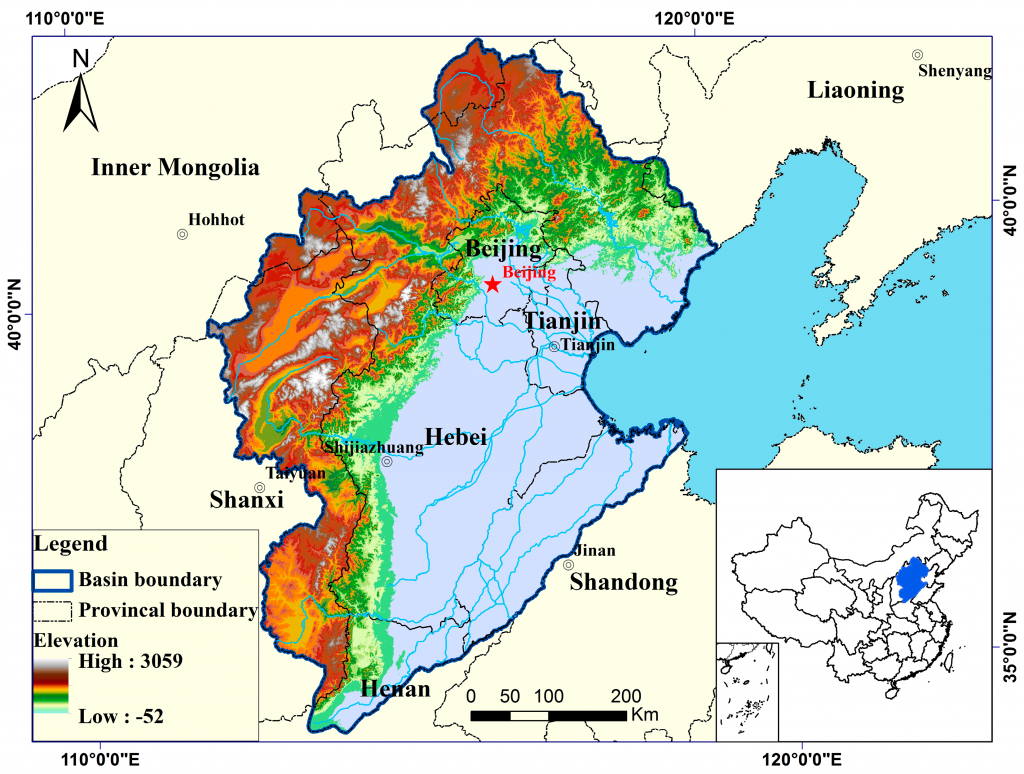Assessing Agricultural Drought in the Anthropocene: A Modified Palmer Drought Severity Index

By Mingzhi Yang , Weihua Xiao * ,Yong Zhao * ,Xudong Li, Fan Lu,Chuiyu Lu and Yan Chen | Drought Monitoring, Forecasting, and Risk Assessment
Abstract
In the current human-influenced era, drought is initiated by natural and human drivers, and human activities are as integral to drought as meteorological factors. In large irrigated agricultural regions with high levels of human intervention, where the natural farmland soil moisture has usually been changed significantly by high-frequency irrigation, the actual severity of agricultural drought is distorted in traditional drought indices. In this work, an agricultural drought index that considering irrigation processes based on the Palmer drought severity index (IrrPDSI) was developed to interpret the real agricultural drought conditions in irrigated regions, with a case study in the Haihe River Basin in northeast China. The water balance model in the original PDSI was revised by an auto-irrigation threshold method combined with a local irrigation schedule. The auto-irrigation setting of the index was used by taking irrigation quotas during specific growth stages of specific crops (wheat–corn) into consideration. A series of weekly comparative analyses are as follows: (1) The soil moisture analyses showed that soil moisture values calculated by the modified water balance model were close to the real values; (2) The statistical analyses indicated that most of the stations in the study area based on IrrPDSI had nearly normal distributed values; (3) The time series and spatial analyses showed that the results of the IrrPDSI-reported dry-wet evaluation were more consistent with documented real conditions. All the results revealed that IrrPDSI performed well when used to assess agricultural drought. This work has direct significance for agricultural drought management in large irrigated areas heavily disturbed by human activity.
Read the full article here.
